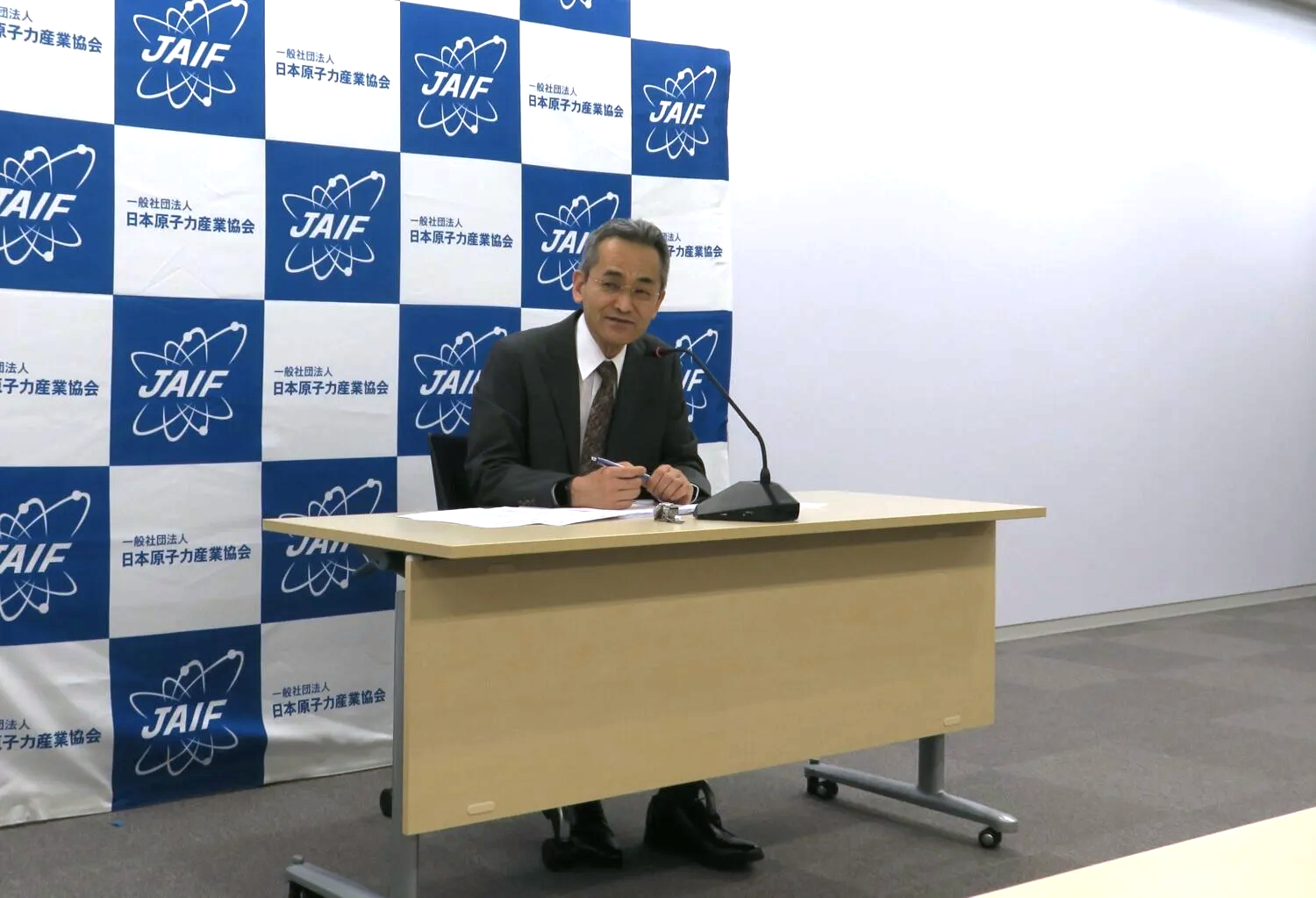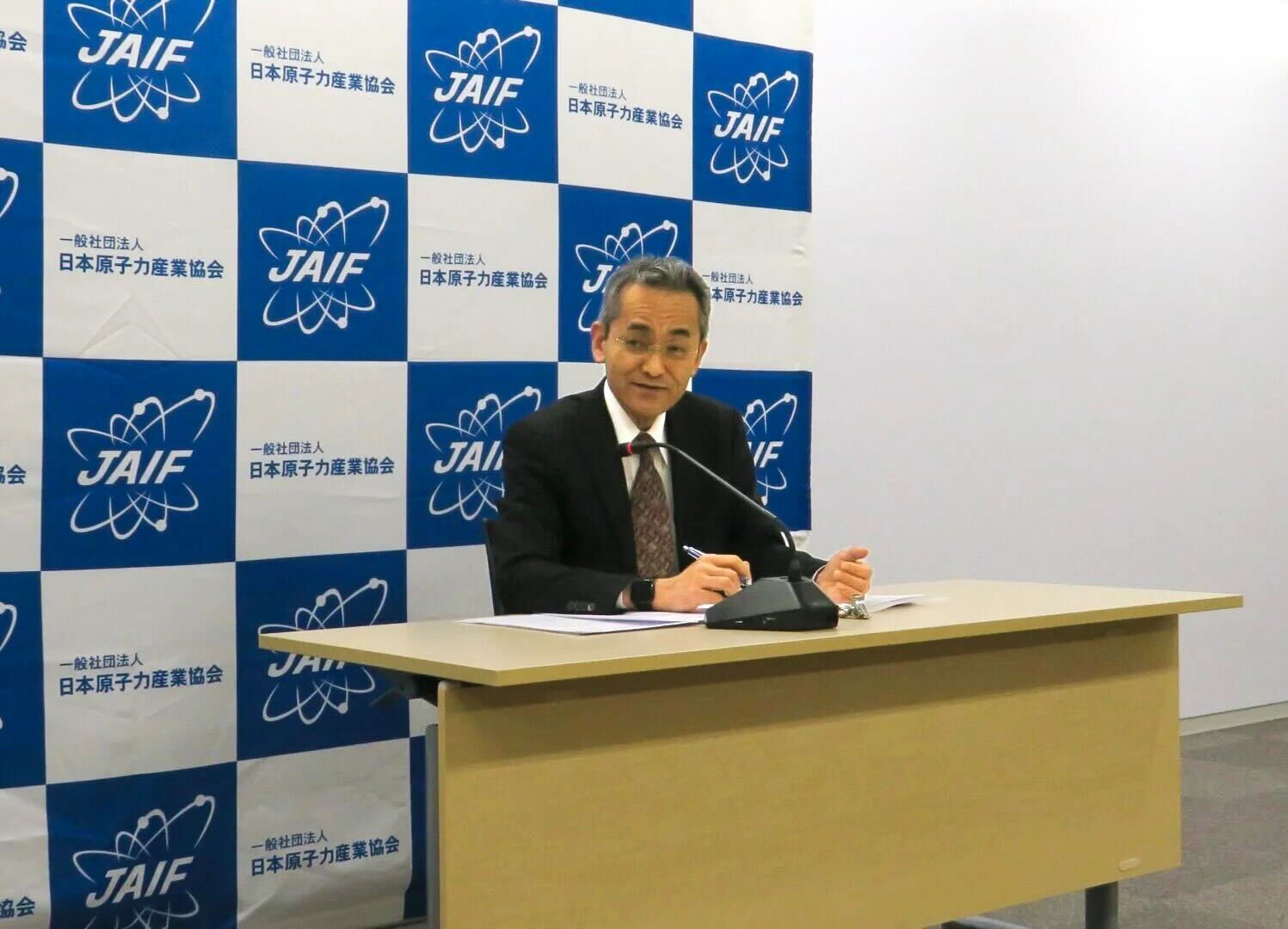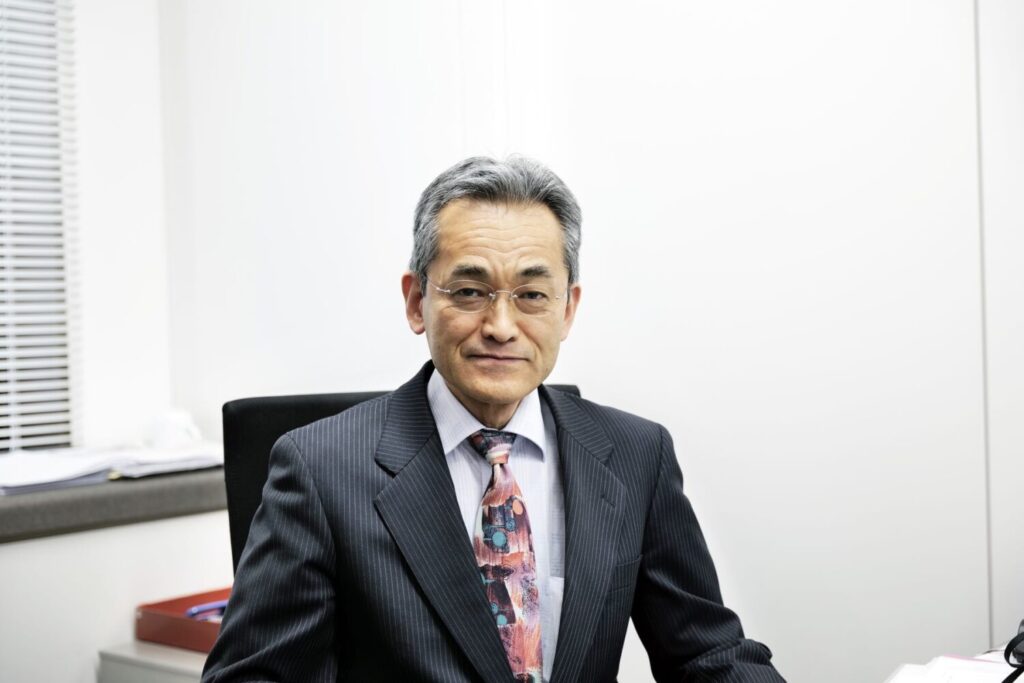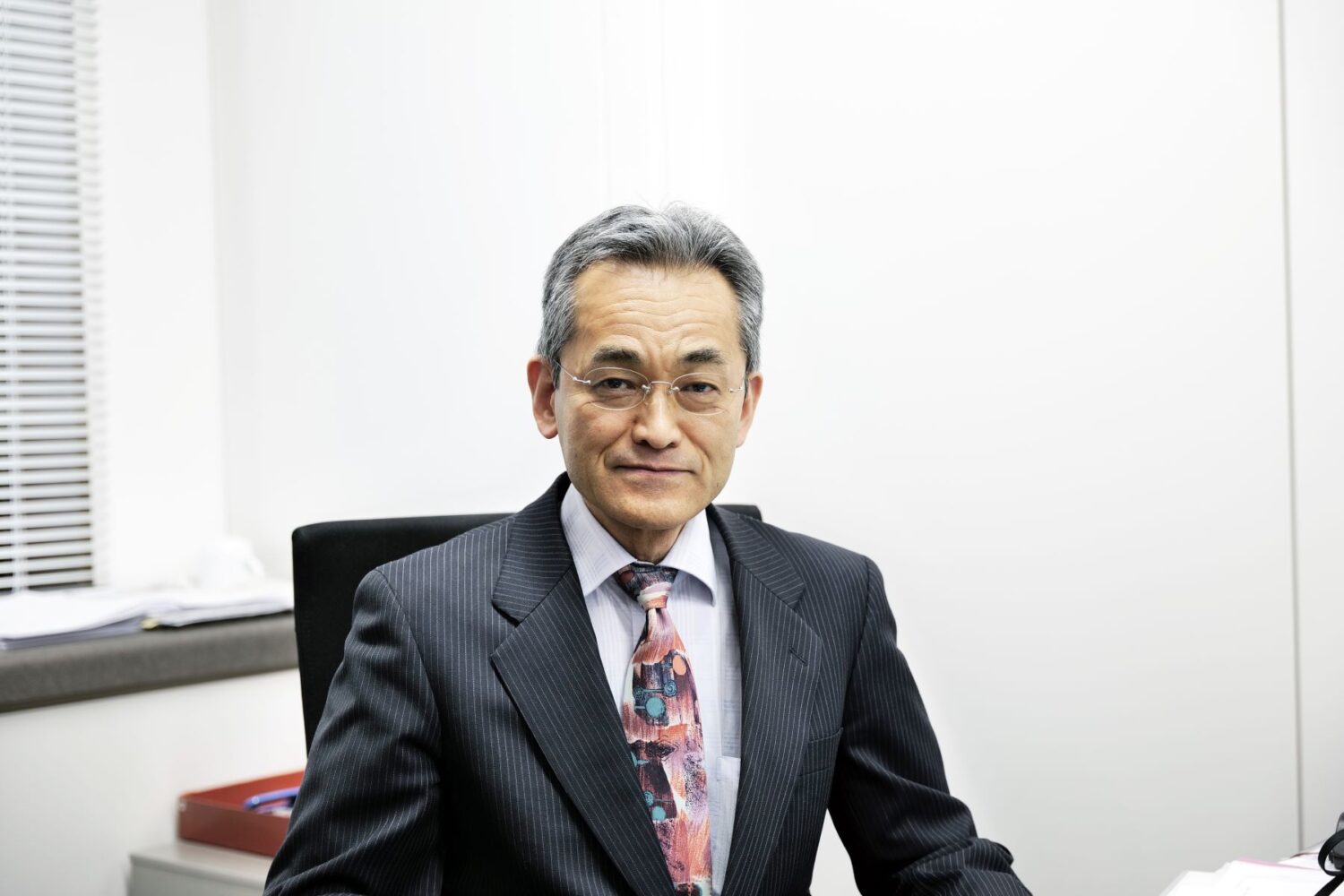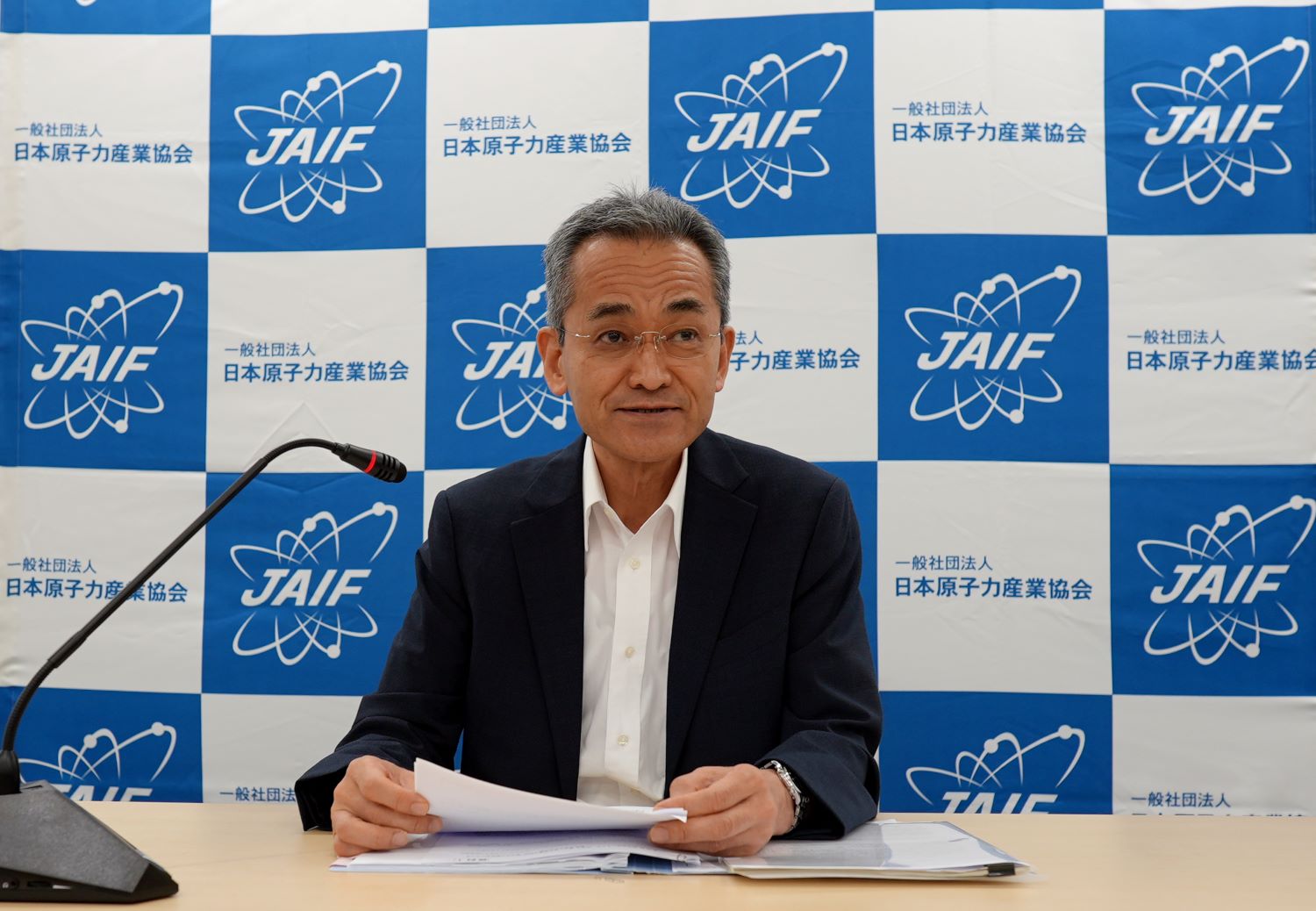Decommissioning in the United States
In the United States, ten commercial reactors have already been completed decommissioning, while another five are currently undergoing the process. A further 14 units are in the preliminary phase for decommissioning. Recognizing the importance of ensuring “transparency” from the earliest stage of issuing regulations on decommissioning, the NRC has facilitated public involvement via information disclosure and public meetings.
It also maintains open communications channels with Congress, other governmental organizations, nuclear operators and nuclear parties in other countries — all, similarly, toward ensuring transparency and rationality in the regulatory process.
More than that, the NRC itself is never prideful, but engages continually, with humility, in efforts to fulfill its mission more efficiently and effectively. With the inevitability of more and more plants being decommissioned, the NRC has begun work toward the overall optimization of its operational and decommissioning-related regulation. I think its approach is why it enjoys the confidence of the American public.
Circumstances in Japan
In Japan, decisions were made in April to decommission five more commercial reactors. Including the six units at Fukushima Daiichi, and others already in the process, the total now stands at 14.
At JAIF, we have consistently said that planning for smooth decommissioning needs to consider its effects on the local public as well — not just its technical aspects, but also the effects of radioactive waste disposal — and their future prospects. As part of that, the public in the siting areas must be given a clear explanation toward better understanding and greater cooperation.
When it comes to issuing rules for decommissioning — that is, the frameworks and regulation — one cannot overemphasize the importance of deepening communications between operators, who know the site best, and the NRA.
Still, I think there is a lot Japan can learn from the United States, which has considerable decommissioning experience, both technically and in the “software” aspects, namely, its regulation and information disclosure.
Engaging the National Public
Since the March 2011 accident at the Fukushima Daiichi, not only residents in siting areas but also people around Japan have kept a close eye on the nuclear industry and administration. Public attention is especially keen on the matter of restarting the NPPs, all of which have been shut down since the accident.
The NRA is to be commended for what it has accomplished so far, ensuring transparency through open discussions with nuclear operators, while maintaining its independence, and so on.
In today’s circumstances, however, it is difficult to obtain understanding from the public if, in the conventional way, proposed regulations are developed with input from operators and then presented to the Japanese public “for comments” but essentially as decisions. It would help enhance public confidence in the NRA if the people were able to participate in the regulatory decision-making process.
By that, I mean their participating in a manner that leads to wider national discussions and motivates the public to think and come to its own conclusions. That is bound to bring about better understanding of nuclear power and restore confidence in it.
Operators also need to listen and respond sincerely to questions from the public, as well as concerns and opinions on nuclear issues, including decommissioning. When matters are explained to the public in siting areas, communications must be more open and two-way.
There is no shortcut to understanding and confidence. I hope that both the NRA and the operators will look to the NRC as a valuable example — as well as to activities in other countries as well — and actively endeavor to build up a history of transparent discussions, dialogue and public involvement. Something like that has yet to take root in Japanese nuclear practices.





